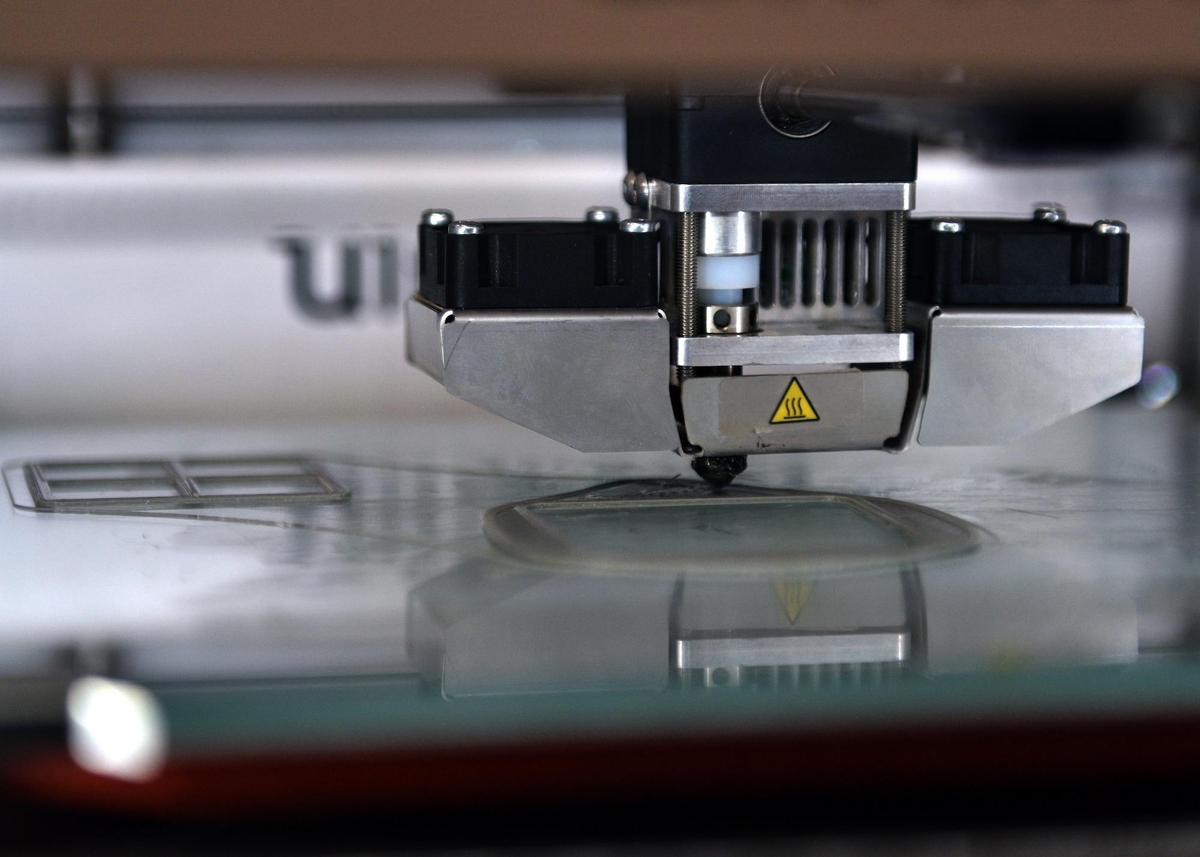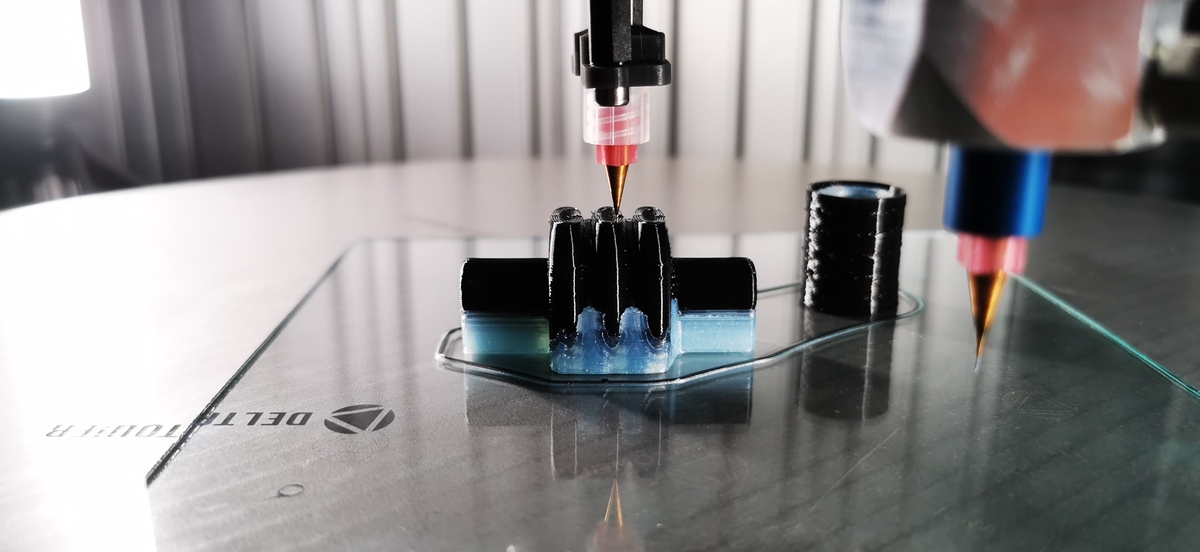Is it ok to pause a 3d print?
Have you ever started a 3D print only to realize you need to leave the house? Or maybe you’re worried about the print failing overnight. Can you pause a 3D print without ruining it?
3D printing has become increasingly popular in recent years, allowing people to create customized objects from their own designs. However, many individuals are unsure about the implications of pausing a print in progress. Some people believe that stopping a print midway can cause significant damage to the printer or the print itself.
Pausing a 3D print is a common concern among 3D printing enthusiasts. While many people believe that stopping a print can have negative consequences, the truth is that it depends on a variety of factors. In this article, we will examine these factors and help you make an informed decision about whether or not to pause your 3D print.

Is it Ok to pause a 3D print?
When it comes to 3D printing, pausing mid-print isn’t necessarily ideal but can be useful for certain cases. For those who want their prints completed in a timely fashion, stopping might seem like the wrong move. But sometimes that’s exactly what you need to do – whether it’s because of noise concerns or safety issues.
Maybe you’re not comfortable leaving your 3D printer unattended for long periods of time during the day when you’ll be away from home at work. On the flipside, some people are looking for a way to reduce noise when printing overnight and need something more tranquil and quiet than typical printers offer. In any case, pausing a 3D print is actually pretty easy once you know what steps to take. Most modern 3D printers have the ability to pause prints while they’re in progress – all it takes is simply accessing your machinery’s UI and clicking “pause.” This command will stop the process and leave your printer as it was before, so you can resume once ready without trouble. With available instructions on how to use your 3D printer’s UI properly at hand, you’ll have no problem whatsoever when it comes time to pause your prints.
When it comes to actually pausing a 3D print, there are some caveats. Depending on the type of material and the settings used, you may find that pausing mid-print can cause unwanted results such as warping or uneven cooling. This is because when a hot object is suddenly stopped in its tracks, the plastic or other material may not cool evenly and will be more prone to warping. Additionally, your 3D printer’s motors and extruders may be damaged if paused for too long without properly cooling down first – so always make sure to turn off your printer and cool it down before pausing a print in progress.
How long should you pause a 3D printer?
When you are working with a 3D printer, it can be difficult to know when—or how long—you should pause the printer. Generally, it’s best practice to leave your 3D printer paused for as short a period of time as possible. Usually this means pausing for approximately five minutes or less. Of course, if you need to make adjustments or switch out materials, then the pause time may be longer. There is no exact rule on the length of time that you should pause your 3D printer; just try to keep it brief so that there are no mistakes or interruptions in your production process.
However, there are some cases in which a longer pause time can produce better results for your project. For instance, certain types of printers like the Prusa Mk3S+ and the Ender 3 V2 may actually benefit from an extended break every now and then. But whatever kind of 3D printer you happen to be working with, make sure that you don’t let your print move off of the bed while it is paused! This step is key in making sure successful printing occurs and no disaster happens while the machine is still inactive. All-in-all, feel free to give your 3D printer a break when necessary, as long as you keep the pause time to a minimum.
Ultimately, deciding whether or not to pause your 3D print is largely up to personal preference. If you’re looking to finish a project quickly and don’t want any surprises along the way, then it might be best to avoid pausing altogether. On the other hand, if you need to make some adjustments or are looking for a way to reduce noise, then pausing could be the right move. But no matter your reasons for stopping mid-print, always remember to turn off your 3D printer and allow it to cool down before doing so!
Do 3D printers need a break?
Just like with any other piece of machinery, proper maintenance and occasional care is needed to avoid breakdowns. 3D printers are no different as they need a break from time to time too in order to ensure their reliability and accuracy. For example, if you have a 3D printer that is running multiple times a day without failure, then it’s important to take the necessary time to lubricate its parts and check its belts for fraying or wear. Doing this can help your 3D printer last longer and improve its performance over time.
Another thing to consider when discussing whether 3D printers need a break is the type of printer that you’re using. Some models can run for 35 hours while others may be capable of lasting up to 70 hours before needing rest or repairs. Knowing how often you’ll be utilizing your 3D printer can also play an important role in knowing how often you should set aside some relaxation time for it. Keeping track of use and ensuring proper maintenance upfront can save you lots of unnecessary headaches down the line so that you don’t end up having unexpected delays from breakdowns or diminished performance as result of lack of attention given over time.
Do I need to pause an Ender 3 printer overnight?
It can sometimes be convenient to pause an Ender 3 printer overnight, so you won’t have to keep it printing for the entire duration of a large project. The “Pause Print” feature within the control box allows you to do just that. You simply click the Pause button and immediately the print will stop, allowing you to pick back up again later. It should also be noted that “Stop Printer” buttons should not be pressed instead as this will end your current print without being able to resume later on.
If you need to pause a print while away or overnight, it’s helpful to know that the 3D printer can actually remain powered off and still restart your project when you get back. All that needs done however, is that you must reinitialize your SD card so that the system knows what file was paused rather than completed. Then upon confirmation, temperatures are brought back up for use and the print job is resumed from its previous stopping point. Working with a 3D printer has never been easier!
Does Ender 3 Pro turn off after printing?

The Ender 3 Pro is an intuitive desktop 3D printer designed to meet the needs of all users. It’s clear instructions and well-thought-out machine design make it incredibly user friendly. Despite its low price point, it still comes with a suite of helpful features such as filament run-out detection and an automatic power off feature that will shut down your machine after a defined period of inactivity.
This unique safety feature ensures that your printer is not left on for long periods of time unattended, which can pose a fire hazard and damage your machine by burning out parts. As soon as the printing job has finished, the Ender 3 Pro will automatically turn itself off, giving you peace of mind knowing that your machine is safe while saving you energy in the process. This automatic power off feature works seamlessly in conjunction with other notable features available in this budget-friendly model.
Can a 3D printer catch on fire?
It is a common misconception that a 3D printer is completely safe, but it can actually be quite dangerous in some cases. The heated filament used to create 3D prints can become incredibly hot and potentially catch on fire if not stored correctly. With the heated element located inside of the printer, there is always the risk of it igniting and brushing up against other items nearby like paper or flammable cloth. As such, it is important to store excess filament away from heat sources like open flames, space heaters, and even direct sunlight as prolonged exposure to these can cause a reaction that could result in a fire.
When powered on and printing with heated filaments, always have an appropriate fire extinguisher nearby in case of emergency. This will at least minimize the damage should a fire break out during a print job. Additionally, regularly check that no clogs or jams are occurring inside of your 3D printer as these can add extra stress on certain components which may lead to overheating and eventually combustion of the material being printed. Take every precaution you possibly can when working with any kind of 3D printer so as not to put yourself and those around you at risk for potential fires.